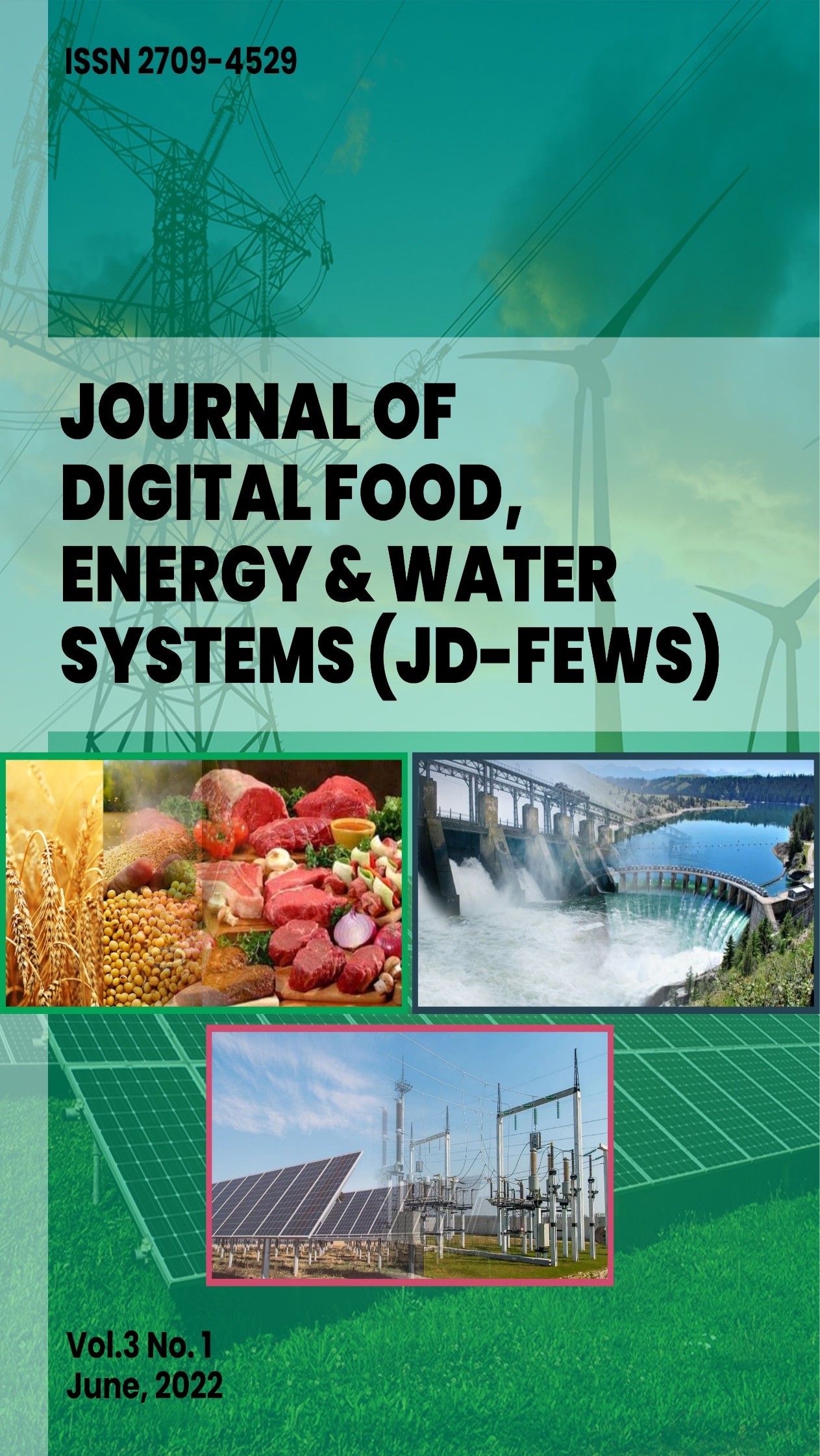The impact of climate change on the availability of irrigation water at the rift valley lakes basin in Southern Ethiopia: A review
Main Article Content
Keywords
Climate Change, Water Resources, Irrigation, Ethiopia, Lakes
Abstract
Agriculture is one of the foremost climate-responsive businesses, with open-air production systems sensitive to temperature and rainfall. This paper reviews recent literature and assesses the impact of climate change on the accessibility of water resources for irrigation. The paper critically reviews recent research findings on climate change's effect on the potential of surface water and groundwater for irrigation in Ethiopia's south rift valley (Abaya-Chamo) Sub-basin. Surface water in the south rift valley Ethiopia sub-basin, including the Abaya and Chamo lakes, is estimated to be just over 5,718 million m3yr-1. Finally, the implications for future study and development are emphasized. The effect of climate change (rainfall and temperature) on the water in the Abaya-Chamo lakes feeder Rivers is different for the near future (2021–2050) and extreme future (2071–2100) time using the RCP 8.5 scenario. Overall, findings show that the availability of water resources for irrigation purposes in the south rift valley Ethiopia sub-basin will be more vulnerable to changes in rainfall and temperature. In conclusion, Stream flow future projection (%) for each feeder river Bilate, Kulfo, Gidabo, and Hare are -9.07, -11.24, 3.89, 4.135, − 0.95, − 1.5, 13.4, and 15.4% respectively






